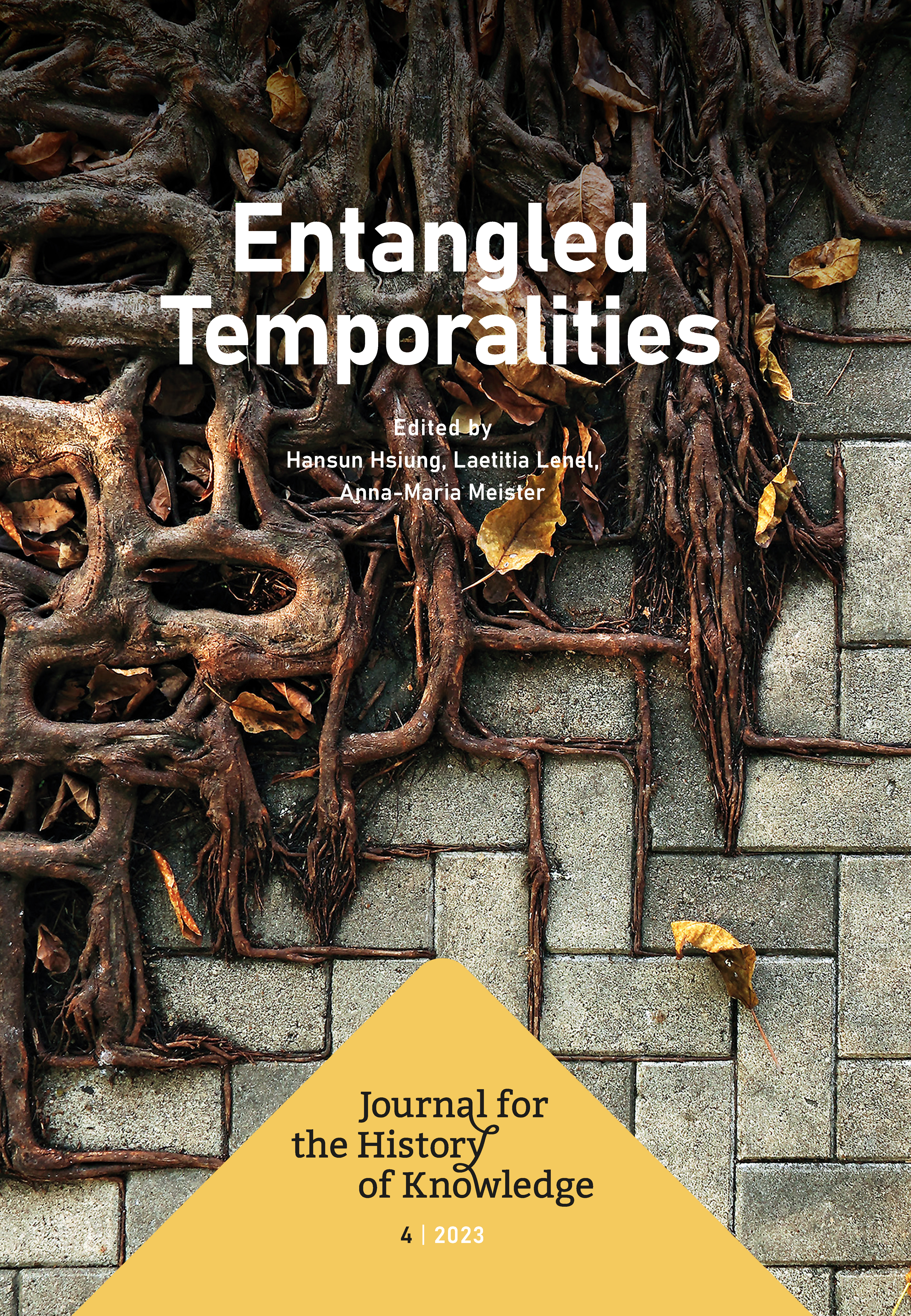Telling Time With Mammoths
Frozen Flesh and Temporal Arrangement in the Science of the North Since 1800
DOI:
https://doi.org/10.55283/jhk.12736Keywords:
mammoths, palaeontology, Circumpolar Arctic, Natural HistoryAbstract
Until recent decades, permafrost-preserved frozen mammoths were among the rarest of scientific specimens: only one was successfully collected between 1806 and 1902. With global warming and increased industrial activity in the circumpolar north, in the twenty-first century discovering these creatures has become a seasonal phenomenon. This article traces this broad trajectory, examining how distinct temporalities—planetary, industrial, and Indigenous—intersect and inform distinct frozen mammoths that surfaced over the last 223 years. Told in four acts, the article considers how frozen mammoths tell time, informing debates over the planet’s past, present, and possible futures according to the moment into which they emerged. Frozen mammoths function as material loci for time and temperature, enabled by the cold of the circumpolar region, and enabling multi-temporal epistemologies to take shape around their remains.
Downloads
Published
Issue
Section
License
Copyright (c) 2023 Rebecca Woods

This work is licensed under a Creative Commons Attribution 4.0 International License.



